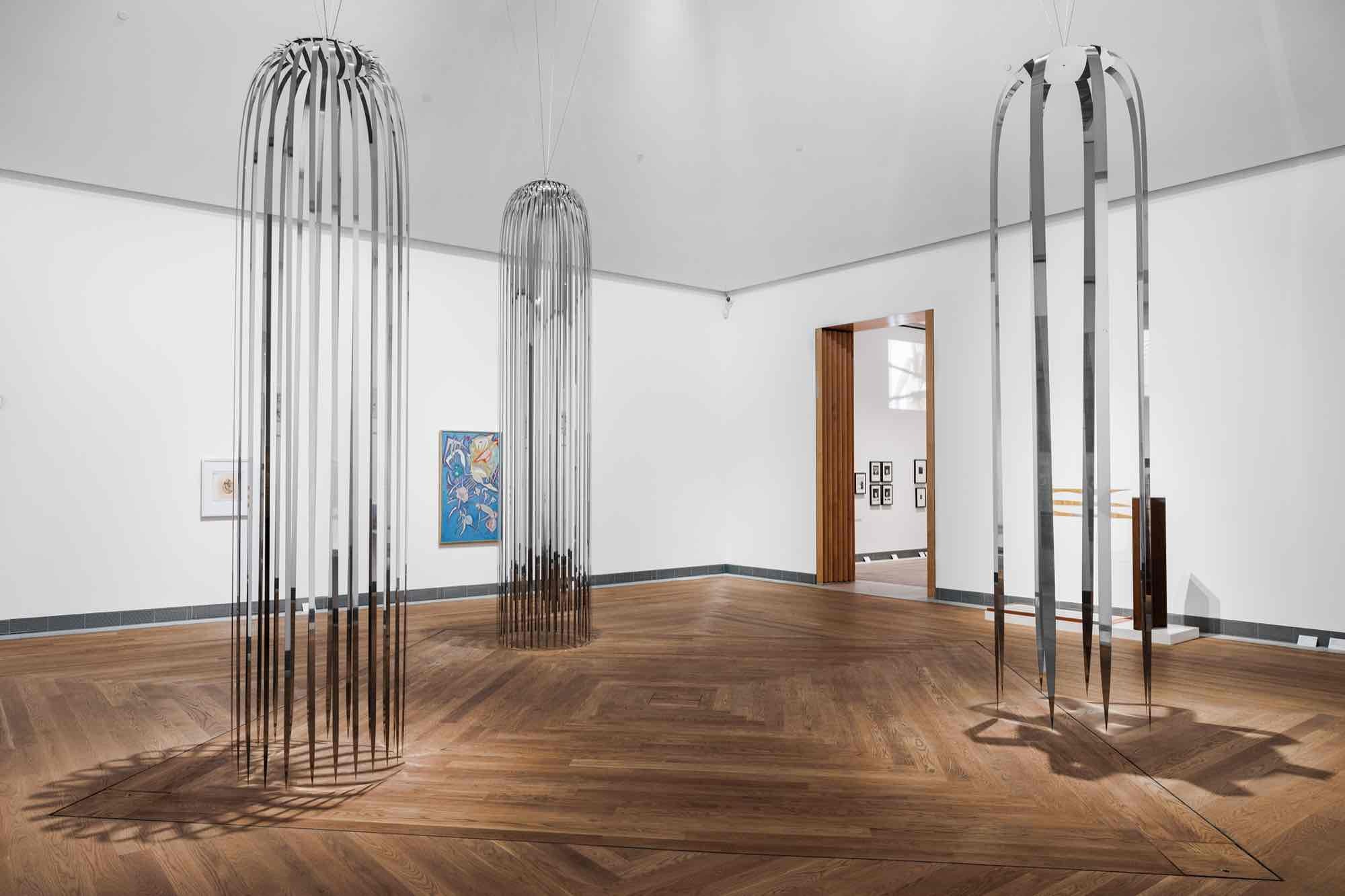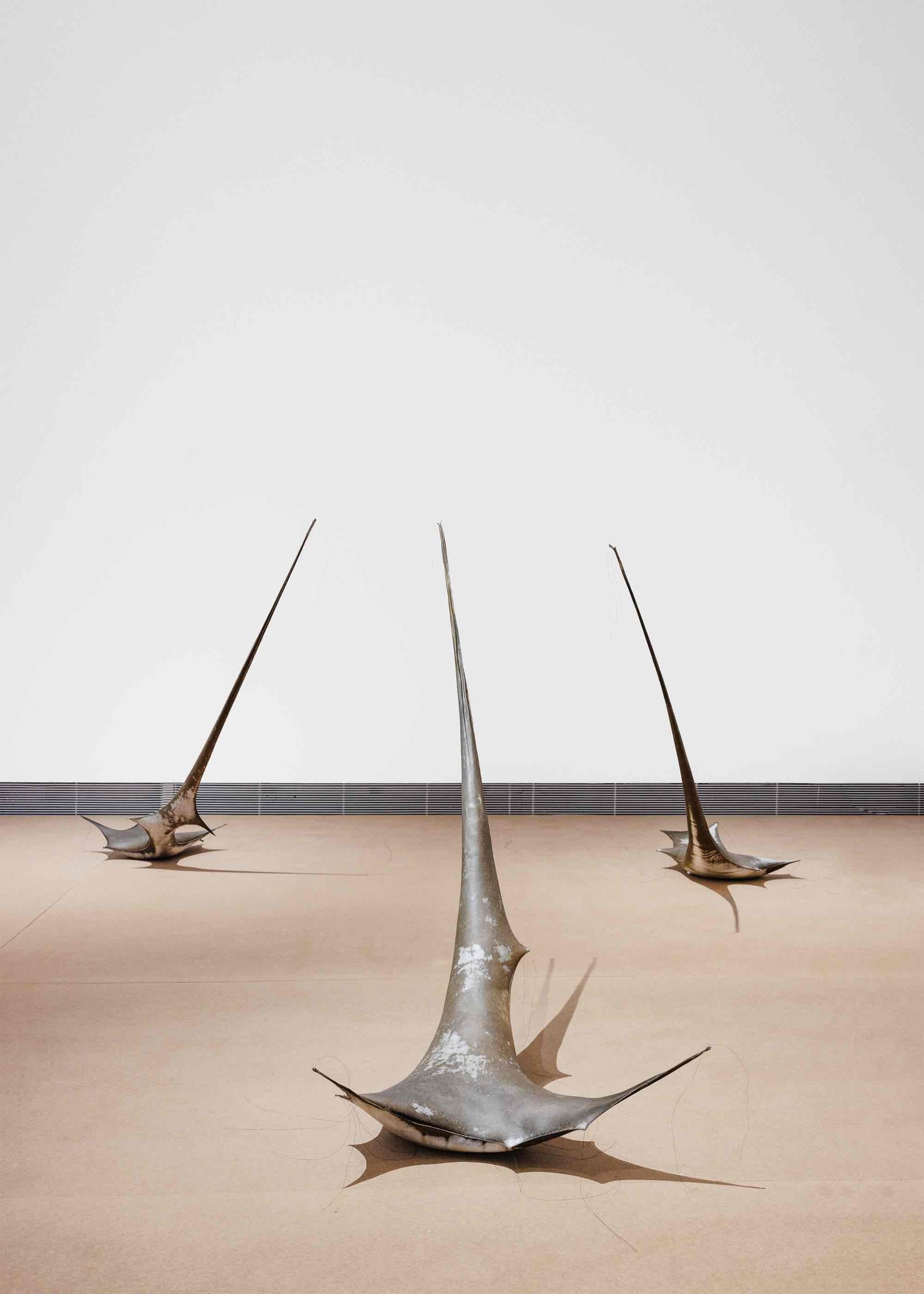The Subterranean Sky
26 Oct 2024 - 11 Jan 2026



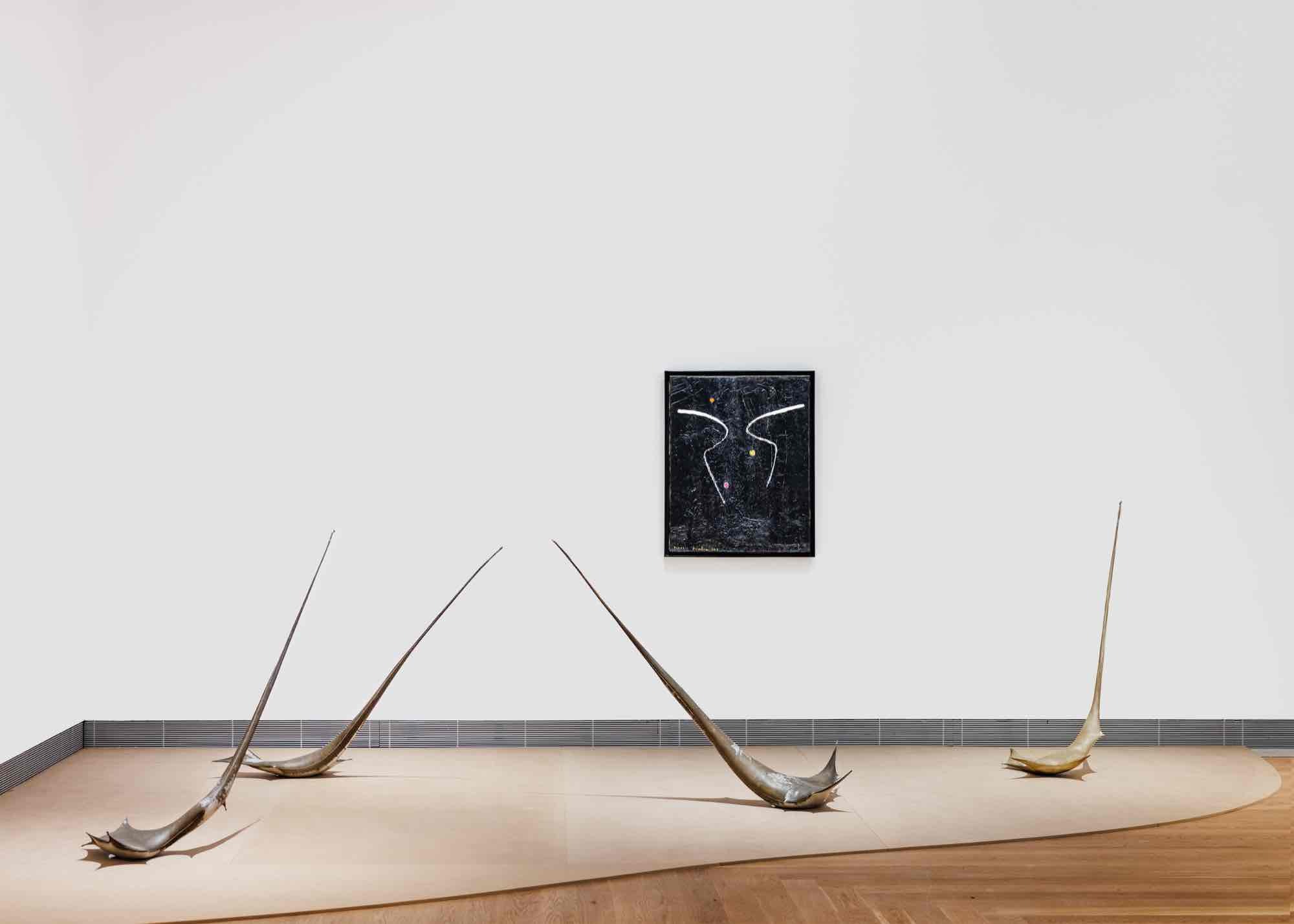
© Thale Vangen/Bildupphovsrätt 2024. © Francis Picabia/Bildupphovsrätt 2024
© Francis Picabia/Bildupphovsrätt 2024Photo: My Matson/Moderna Museet
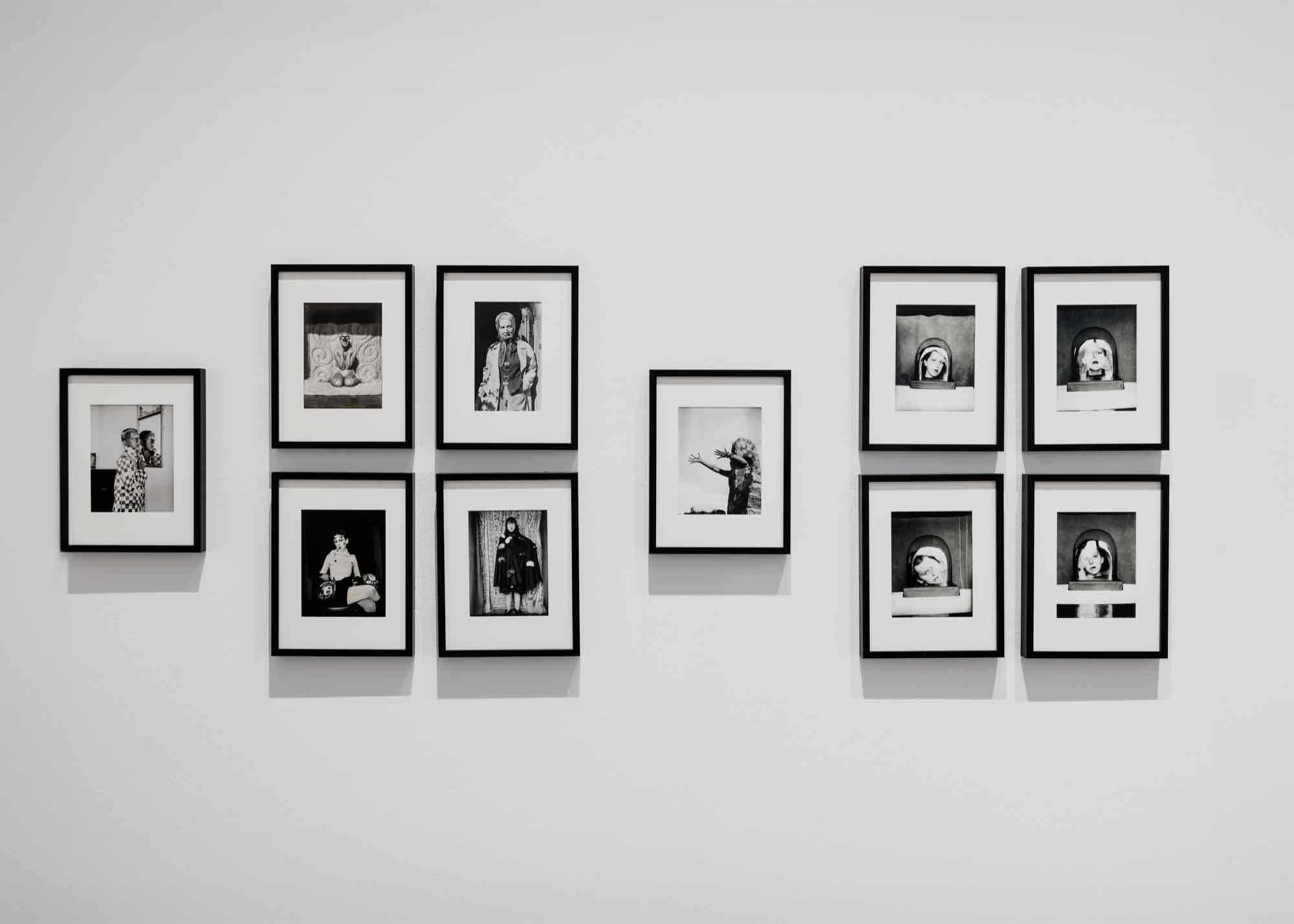
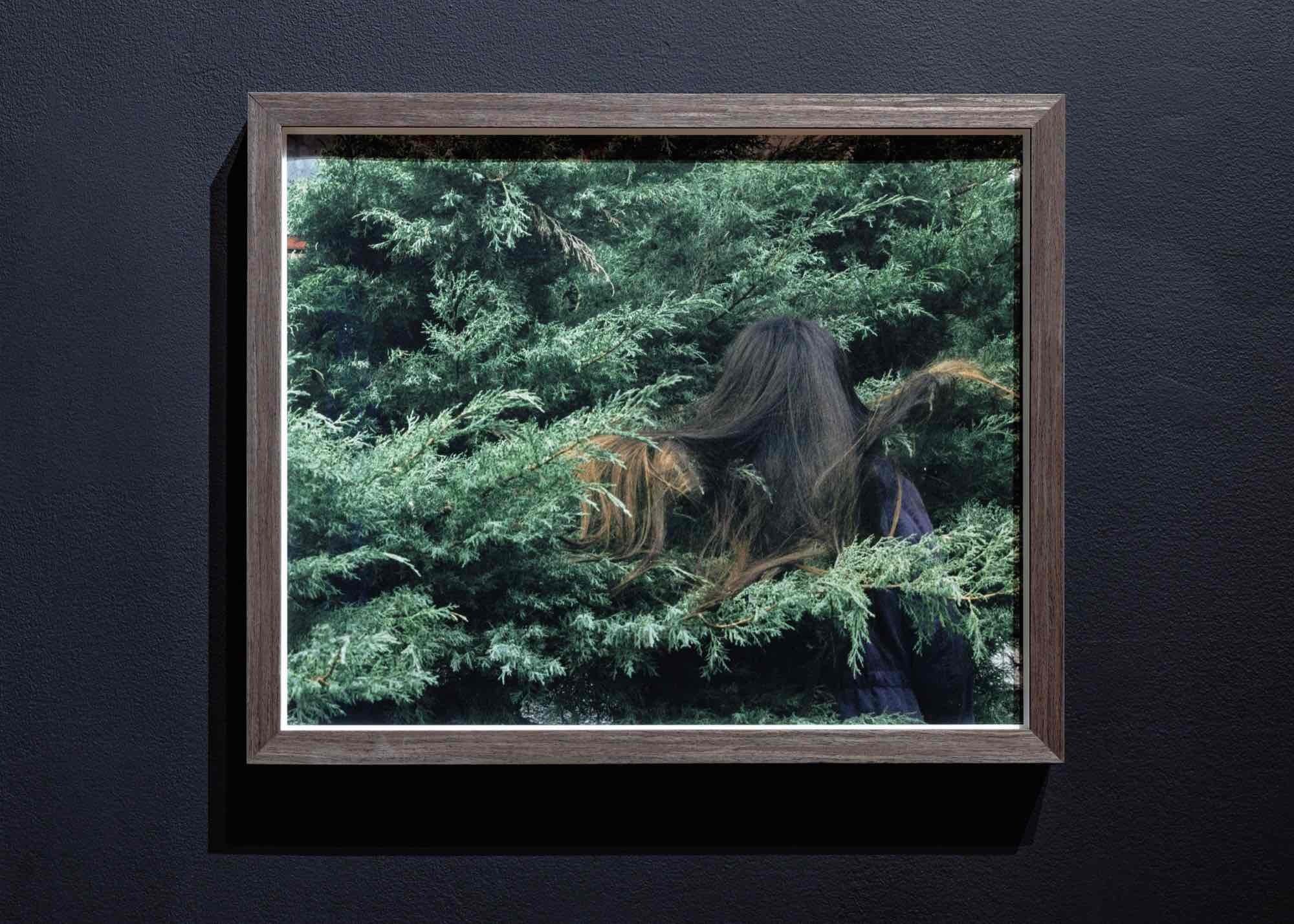
© Trinidad Carrillo/Bildupphovsrätt 2024
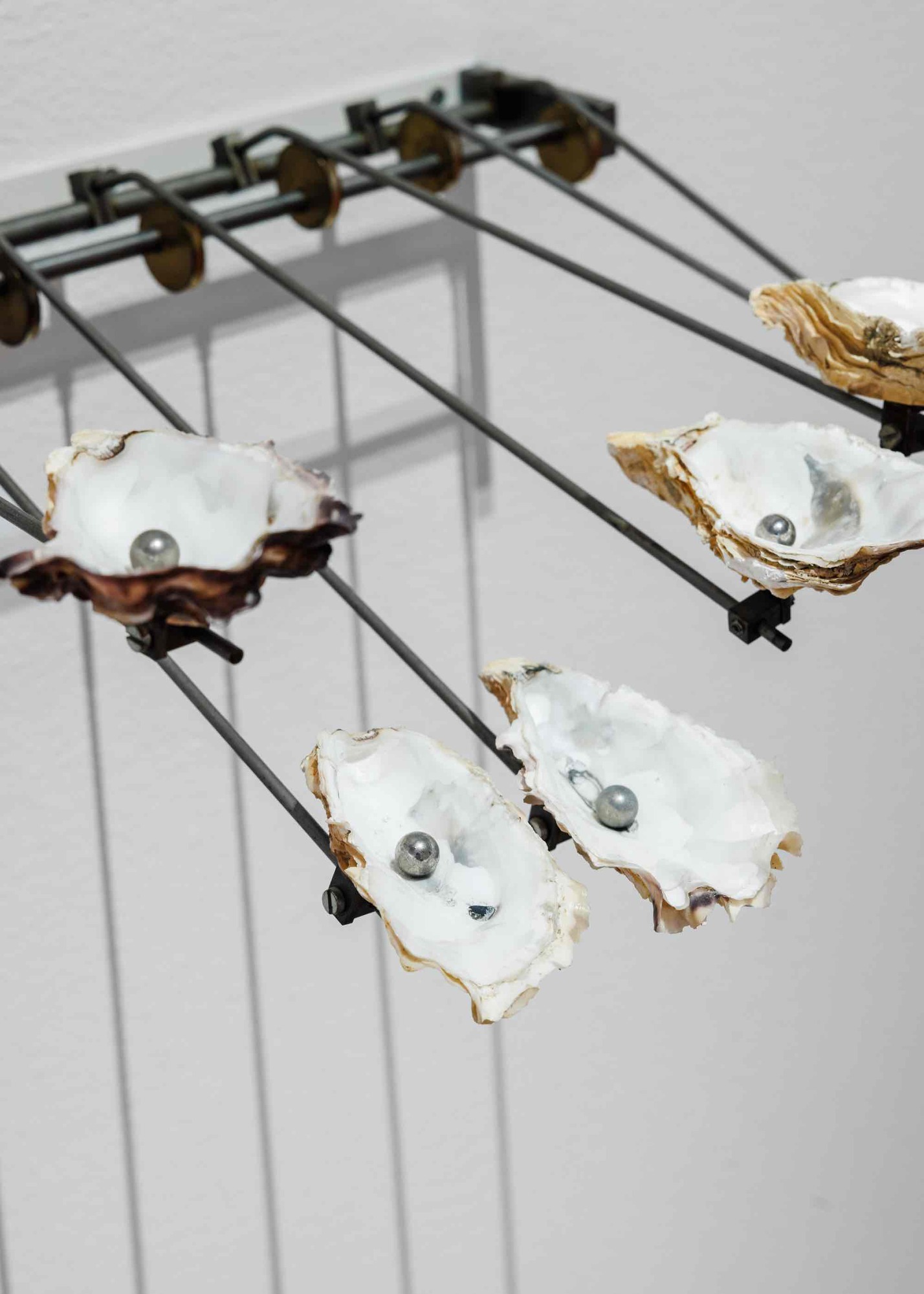
Surrealism is a revolutionary literary and artistic movement – not a particular style. It wants to free man from cultural and social limitations, and the individual’s subconscious is key to another, better world beyond restraining logic and reason.
– Surrealism’s radical stance and hopeful force make it retain its relevance and continue to ramify through art history. The movement emerges in a turbulent, dynamic time that in many ways mirrors our own, curator Lena Essling says.
Dreams and free associations
Surrealism develops in parallel in a number of places in the world, in the wake of the horrors of the First and Second World Wars. Dreams, chance, desire, free association, occultism and psychoanalysis are some of the methods and phenomena connected to the current.
Surrealism has predecessors among 16th-century masters – such as Giuseppe Arcimboldo and Hieronymus Bosch – as well as a close kinship with 1910s Dadaism. André Breton and his activist circle in 1920s Paris articulated the movement’s cross-border ambitions, which then continue to develop.
The Evolution of Surrealism
“The Subterranean Sky” invites the visitors on a journey through the ever-ongoing evolution of Surrealism. The exhibition includes nearly 200 works from the Moderna Museet Collection and around 30 loans from other art collections, libraries and archives, particularly focusing on film, literature and the performing arts.
Here we find the most important artists of classical Surrealism, such as Claude Cahun, Wifredo Lam, Renée Magritte, Meret Oppenheim, Francis Picabia, Man Ray and Toyen. Swedish artists who had connections with Paris in the 1920s include Gösta Adrian-Nilsson, Eric Grate, Erik Olson and Anna Riwkin, among others. From later generations of artists, we meet, for example, Leonora Carrington, Maya Deren, Jan Håfström, Graciela Iturbide, Robert Rauschenberg, David Alfaro Siqueiros and Dorothea Tanning as well as the conceptual art of the 1960s and the Fluxus movement.
Works created closest to our own time include Agnieszka Polska’s AI-generated video works, Tarik Kiswanson’s hypnotic sculptures, Thale Vangen’s organic objects and Fatima Moallim’s automatistic line drawings, among others.
The title of the exhibition is borrowed from texts by the French poets Jean Genet and Roger Gilbert-Lecomte. In the 1924 Manifesto André Breton defines the concept of Surrealism as how dream and life are brought together into a truer reality – in French, “sur-realité.”
The exhibition is curated by Moderna Museet curator Lena Essling.


